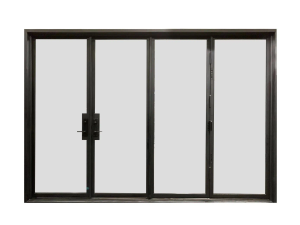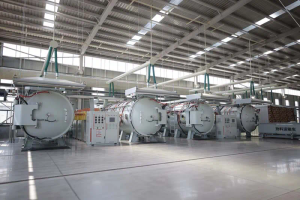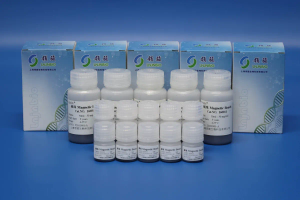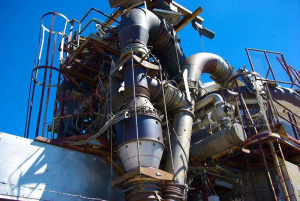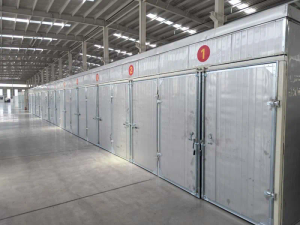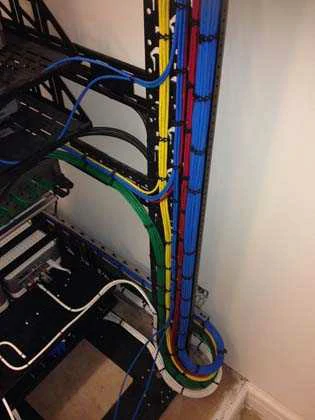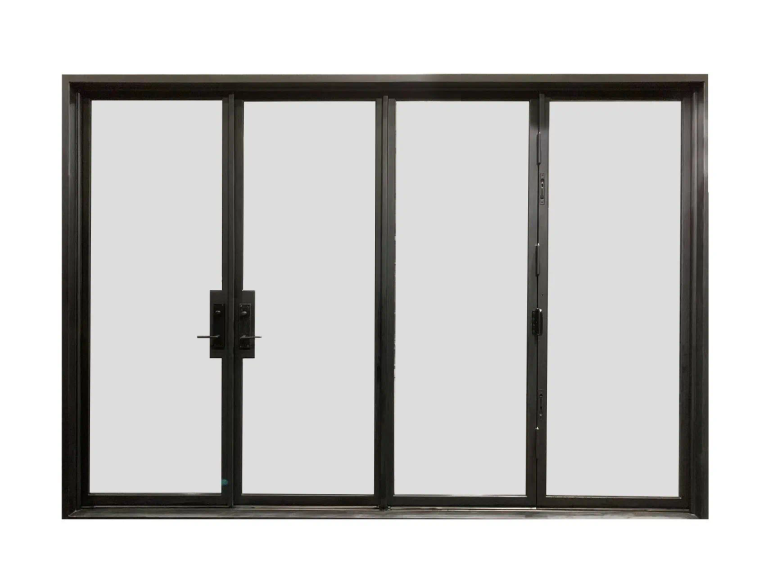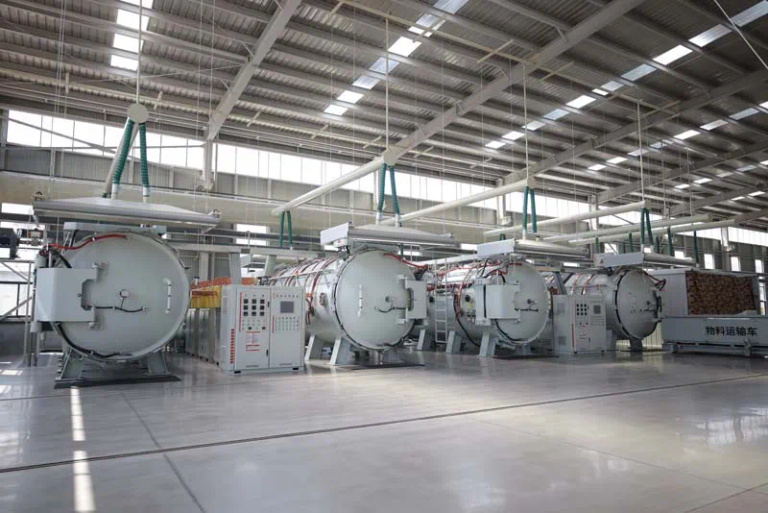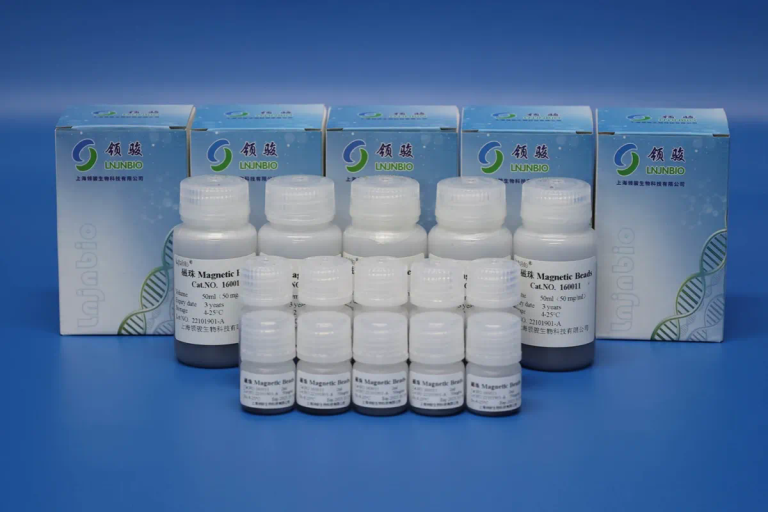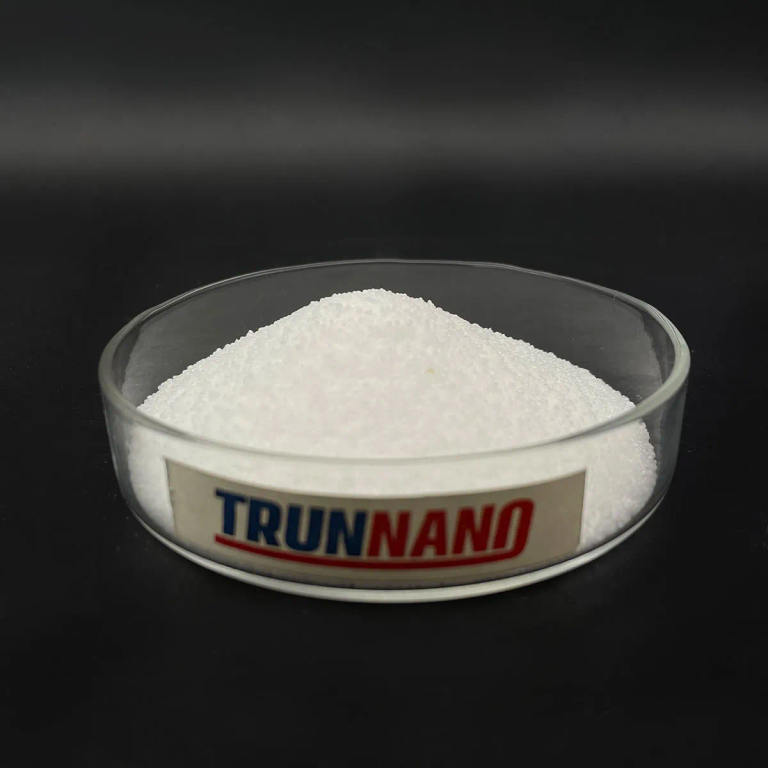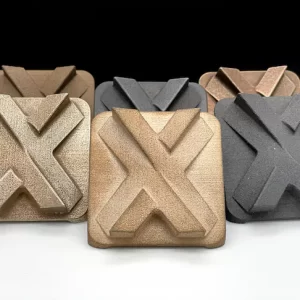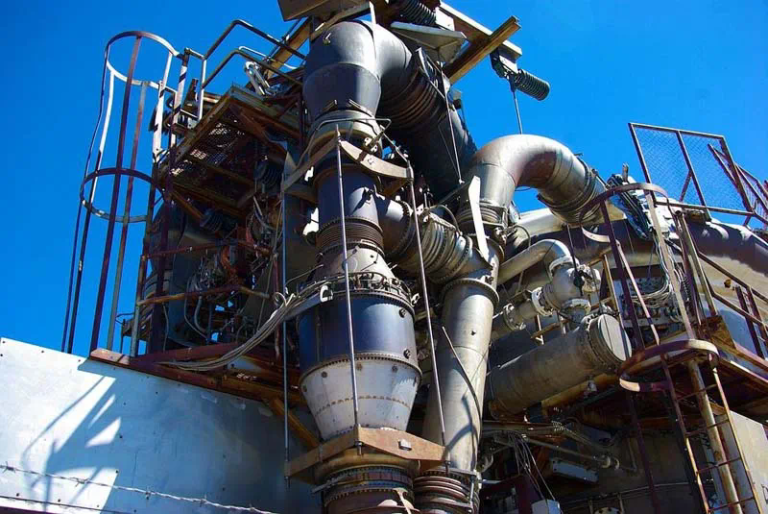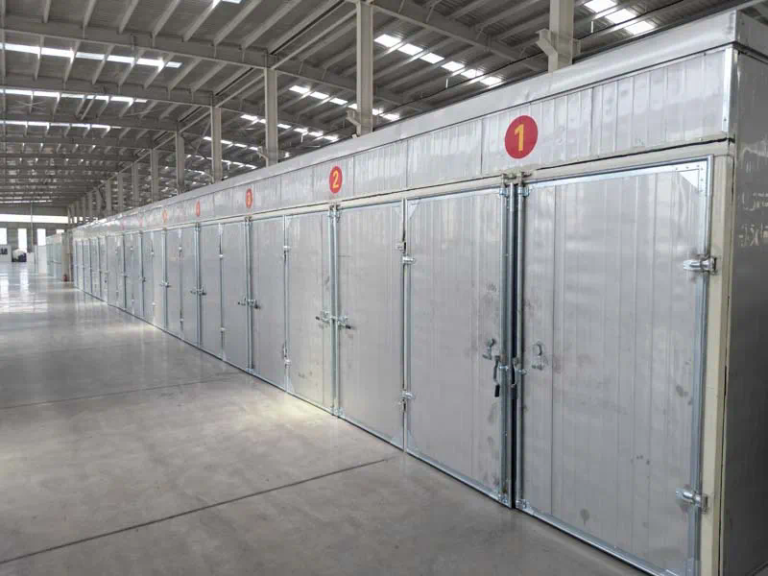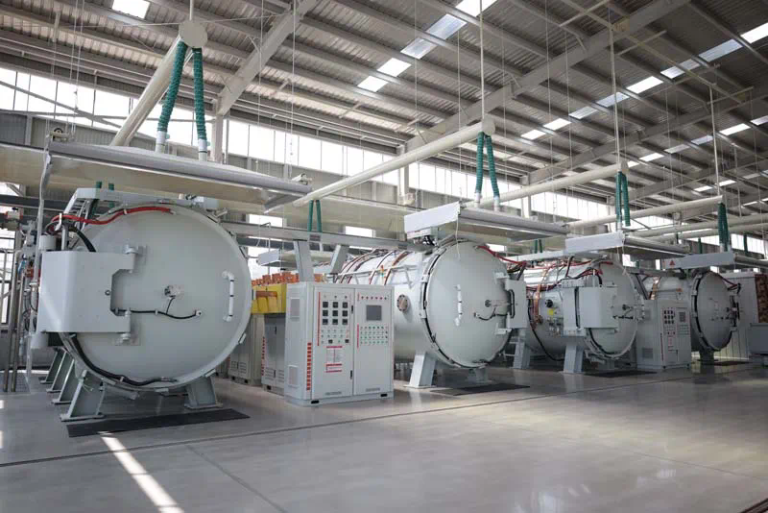Structure and Materials Insulation: Enhancing Energy Efficiency
Introduction
In today’s world, where energy consumption is on the rise and environmental concerns are paramount, it is crucial to focus on improving the insulation of structures and materials. The concept of insulation involves minimizing energy losses through effective barriers that prevent heat transfer between different areas. This article will explore the significance of structure and material insulation in enhancing energy efficiency.
Importance of Insulation
Insulation plays a crucial role in maintaining comfortable indoor temperatures while reducing energy consumption. Inadequate insulation leads to significant heat loss during winters and excessive heat gain during summers. By implementing proper insulation techniques, we can mitigate these issues and maintain a pleasant indoor environment throughout the year. Furthermore, enhancing energy efficiency through insulation helps reduce reliance on fossil fuels, mitigating greenhouse gas emissions and combating climate change.
Structural Insulation
One aspect of insulation lies in the structural design of buildings. Properly insulated structures minimize heat flow between the interior and exterior environments. There are several key factors that contribute to effective structural insulation:
1. Building Envelope: The building envelope consists of the roof, walls, windows, and doors. Insulating these components effectively reduces heat transfer, ensuring a stable and comfortable indoor environment. Materials such as fiberglass, cellulose, and foam can be used in wall and roof cavities to provide efficient thermal insulation.
2. Thermal Bridges: Thermal bridges occur when conductive materials allow heat to travel across insulation layers, compromising their effectiveness. By addressing and minimizing thermal bridges, we can enhance the insulation properties of structures. This can be achieved through the use of thermal break materials and designing structural elements to avoid direct contact between the interior and exterior surfaces.
Material Insulation
Apart from structural design, the selection of appropriate materials also contributes significantly to insulation effectiveness. Here are some key considerations for material insulation:
1. Thermal Conductivity: Different materials have varying abilities to conduct heat. Choosing materials with low thermal conductivity, such as fiberglass, mineral wool, and foam, can reduce heat transfer and enhance insulation performance. These materials create a barrier that slows down the movement of heat.
2. Moisture Control: Proper moisture control is essential to prevent the deterioration of insulation materials and mold growth. Moisture compromises the insulation’s effectiveness and can lead to structural damage. By utilizing vapor barriers and moisture control techniques, we can ensure long-lasting insulation performance.
3. Renewable and Eco-friendly Materials: In recent years, there has been a growing focus on using renewable and eco-friendly materials for insulation purposes. Materials like recycled cellulose, natural fibers, and aerogel offer excellent thermal insulation properties while minimizing the environmental impact.
Conclusion
Enhancing the insulation of structures and materials is an effective strategy for improving energy efficiency and reducing environmental impact. Through proper structural design and material selection, we can minimize heat transfer and create comfortable indoor environments with reduced energy consumption. As we strive towards a sustainable future, investing in insulation technologies becomes crucial for achieving energy efficiency goals. By recognizing the importance of structure and materials insulation, we take a significant step towards a greener and more sustainable world.
.webp)
